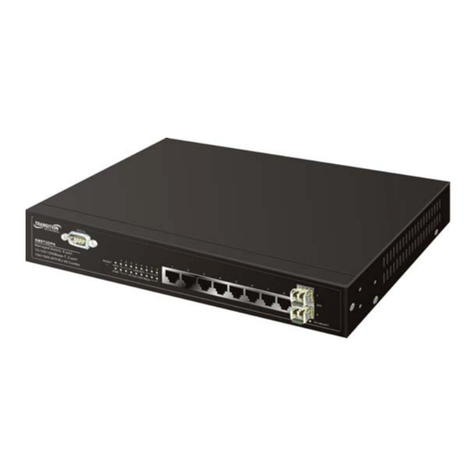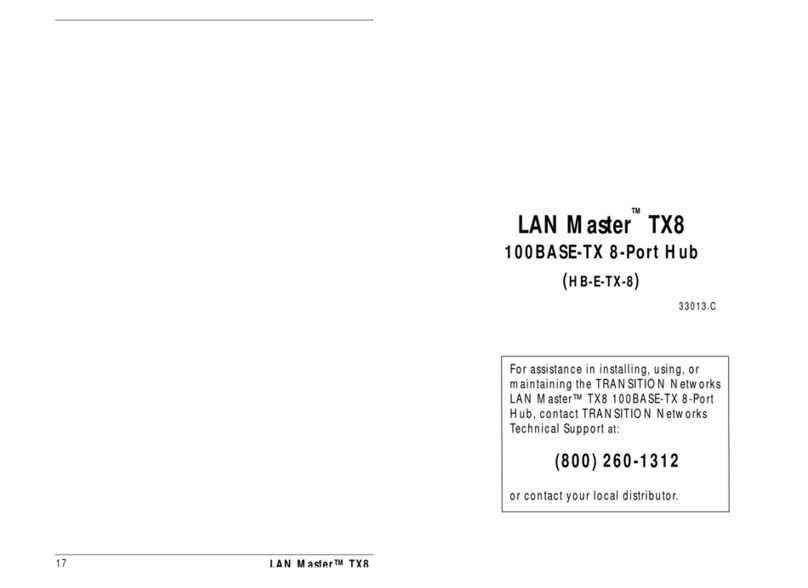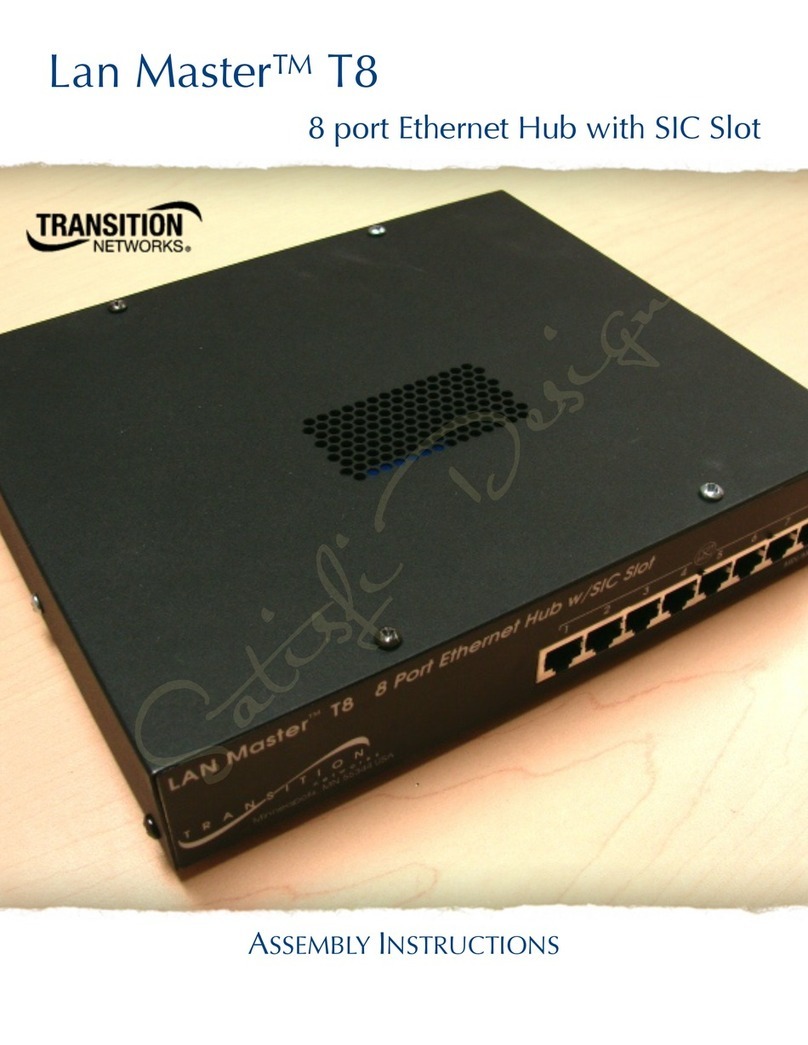Transition Networks PSV-2/14-45 User manual
Other Transition Networks Switch manuals
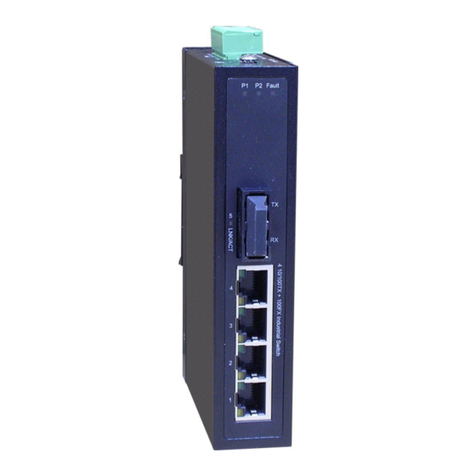
Transition Networks
Transition Networks SISTF101X-241-LRT User manual

Transition Networks
Transition Networks SESPM1040-541-LT Series User manual
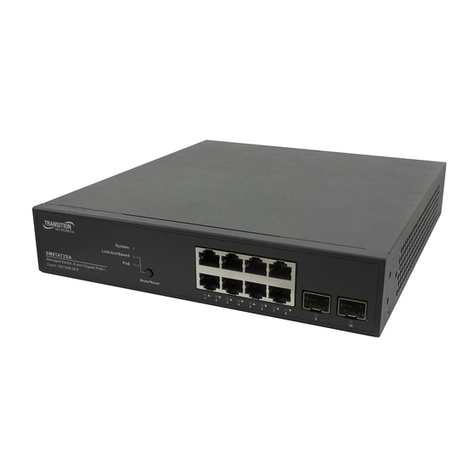
Transition Networks
Transition Networks SM8TAT2SA Instruction Manual
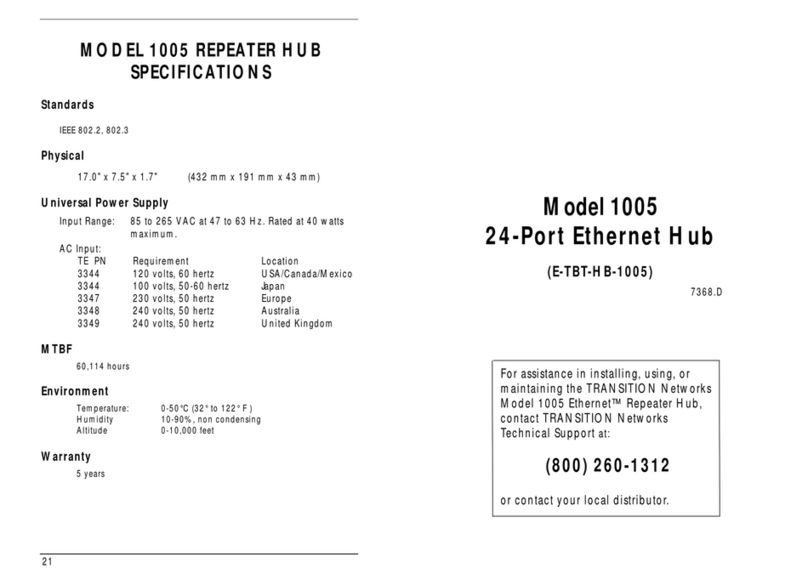
Transition Networks
Transition Networks 1005 User manual

Transition Networks
Transition Networks SM4T4DPA User manual
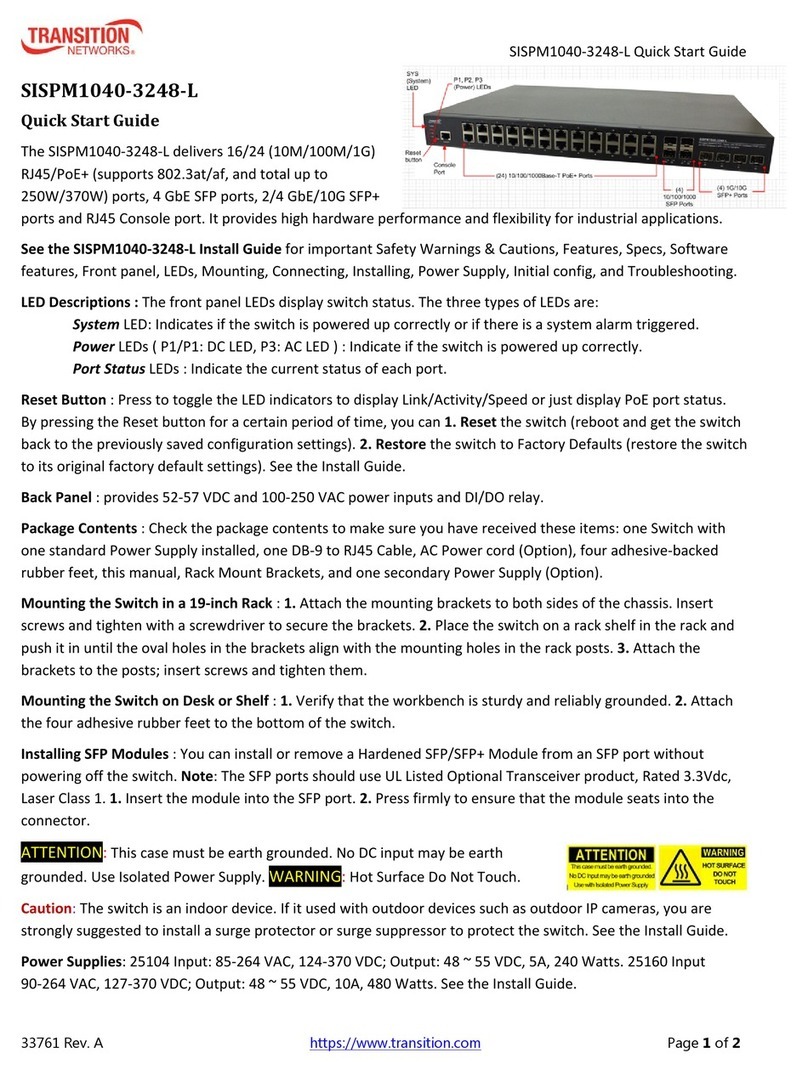
Transition Networks
Transition Networks SISPM1040-3248-L Operating and maintenance instructions
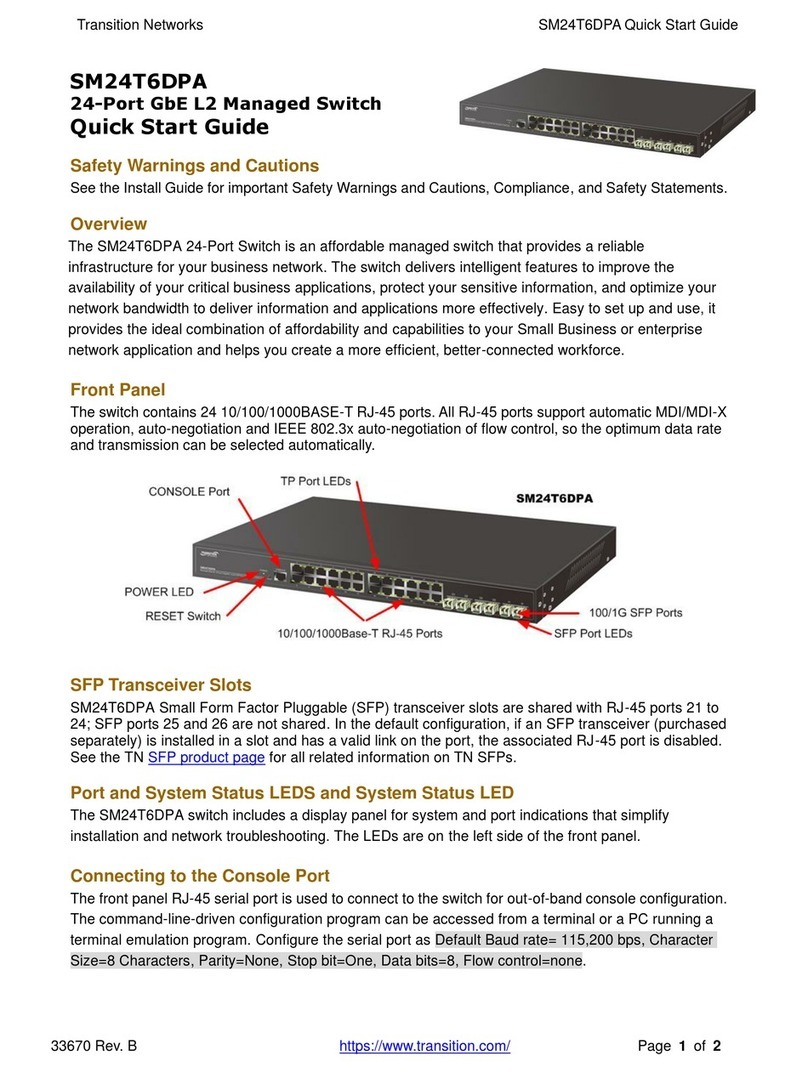
Transition Networks
Transition Networks SM24T6DPA User manual
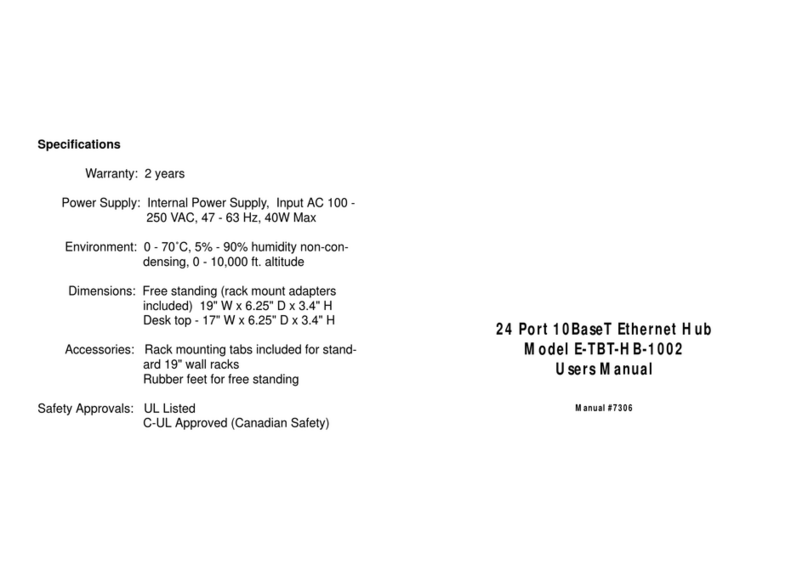
Transition Networks
Transition Networks E-TBT-HB-1002 User manual
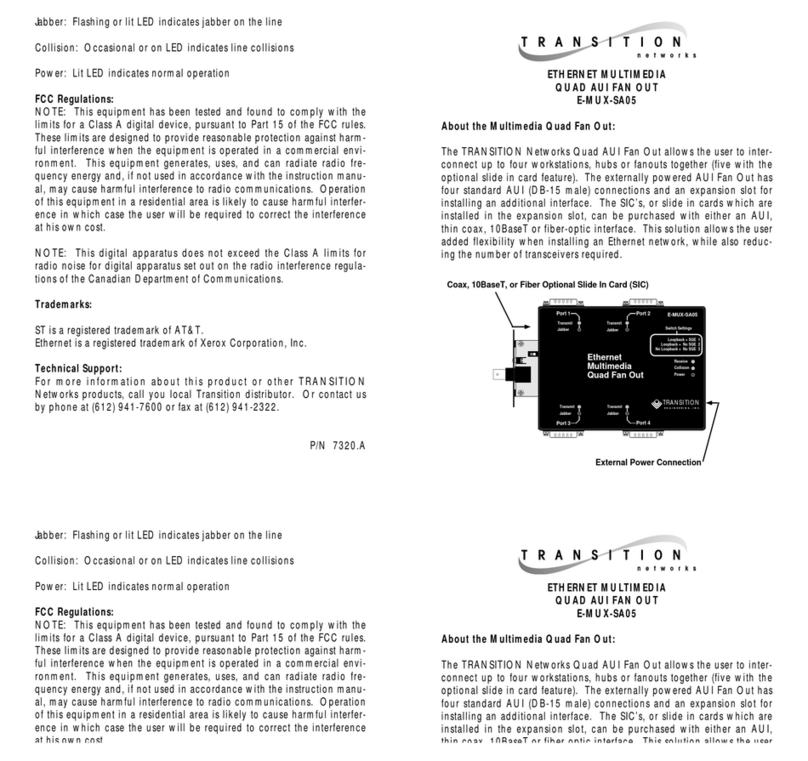
Transition Networks
Transition Networks E-MUX-SA05 User manual
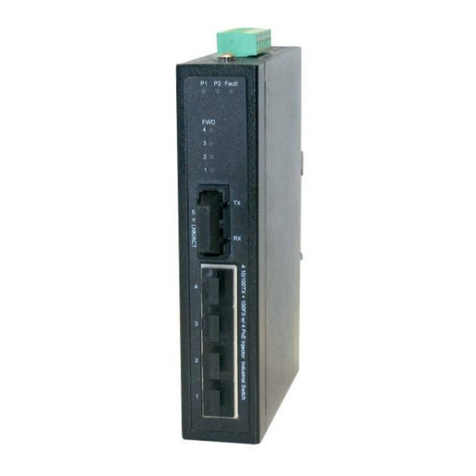
Transition Networks
Transition Networks SISTP10xx-141-LR(T) User manual
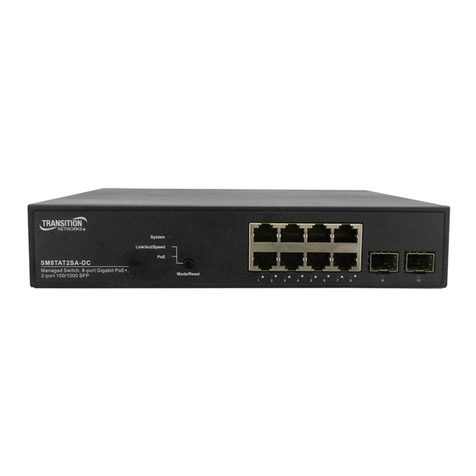
Transition Networks
Transition Networks SM8TAT2SA-DC User manual
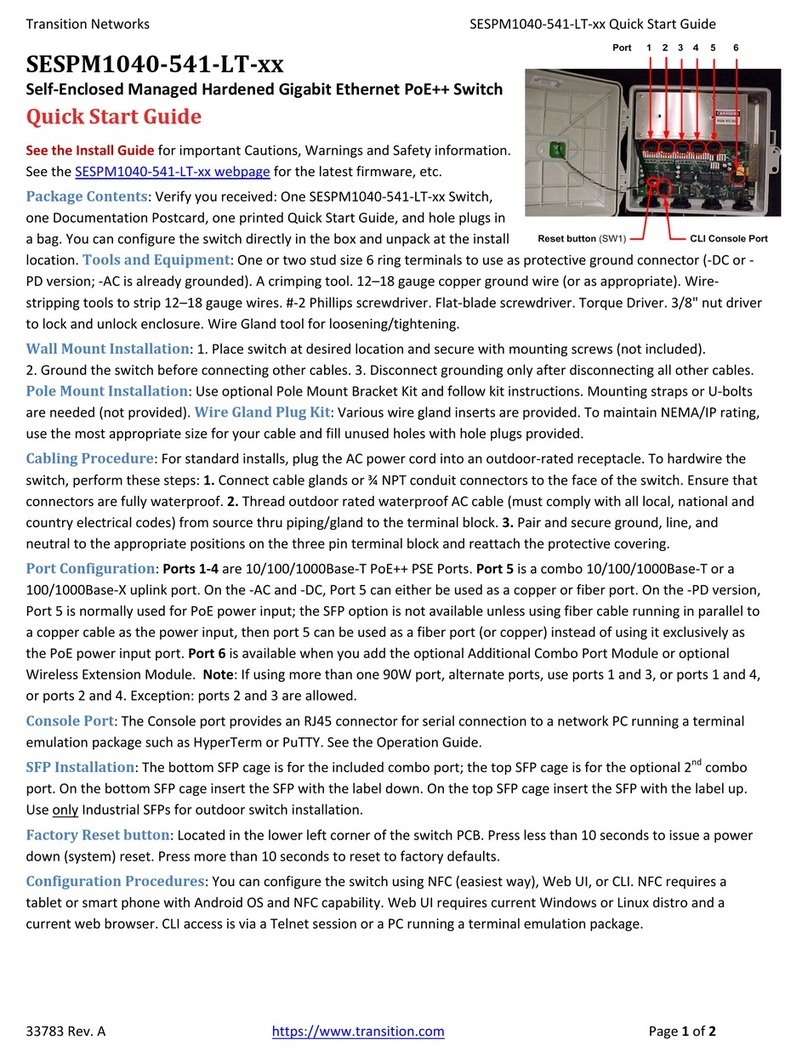
Transition Networks
Transition Networks SESPM1040-541-LT Series User manual
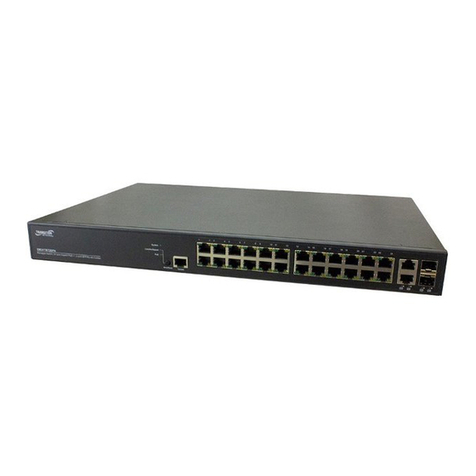
Transition Networks
Transition Networks SM24TAT2DPA User manual
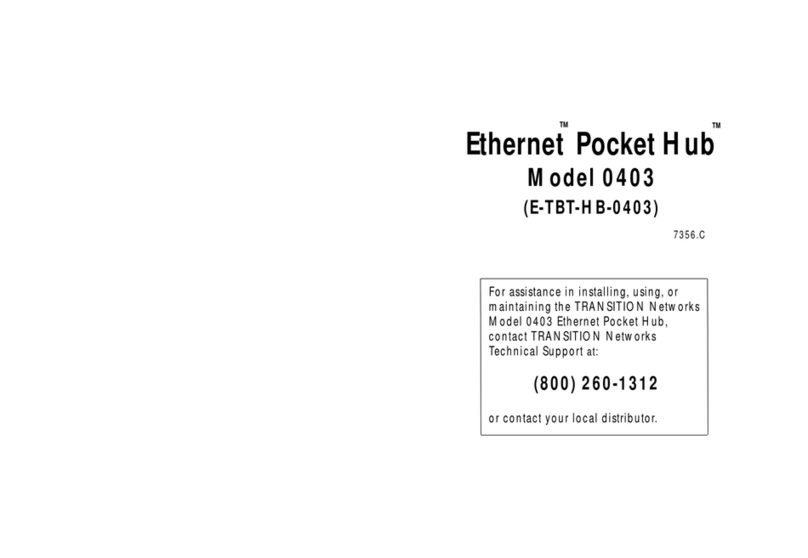
Transition Networks
Transition Networks E-TBT-HB-0403 User manual
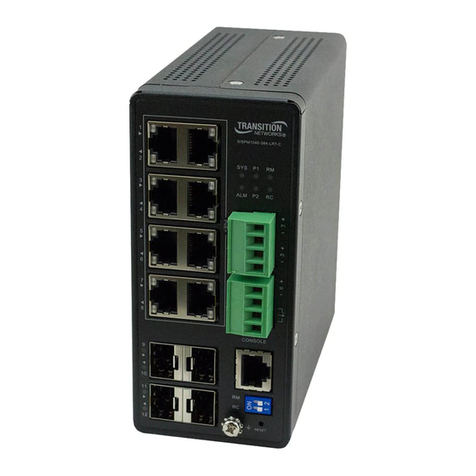
Transition Networks
Transition Networks SISPM1040-384-LRT-C User manual
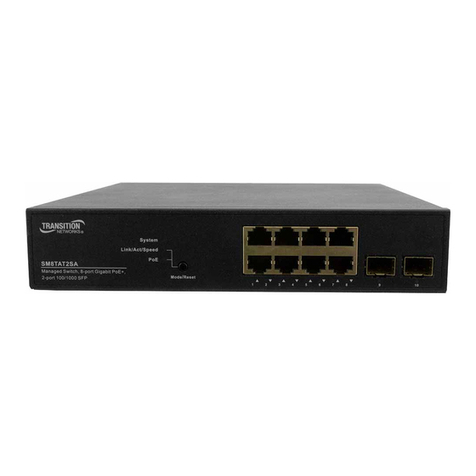
Transition Networks
Transition Networks SM16TAT2SA User manual
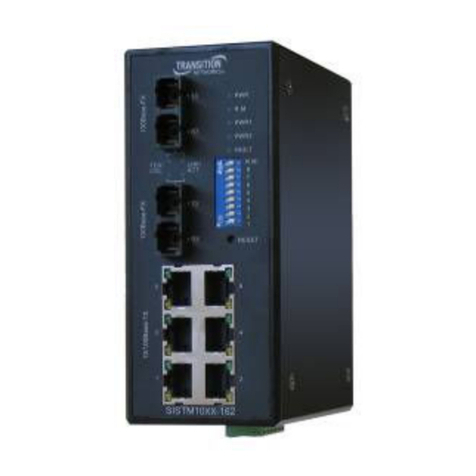
Transition Networks
Transition Networks SISTM10xx-162-LR(T) User manual
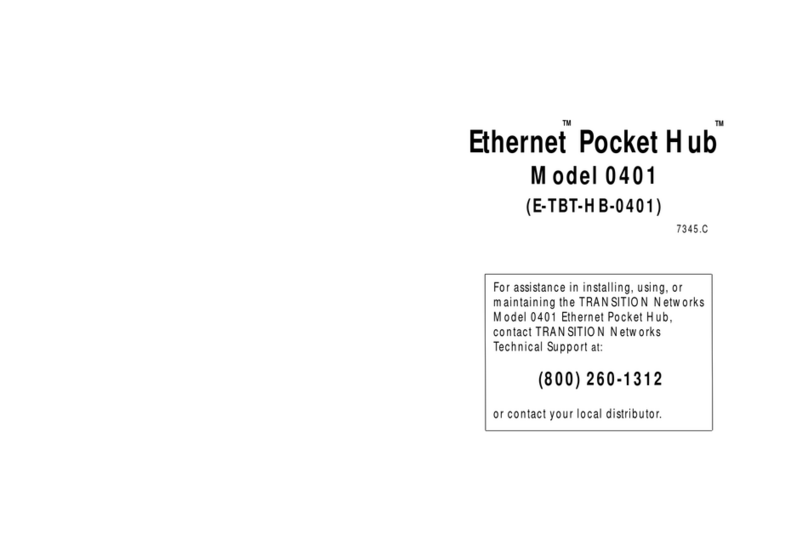
Transition Networks
Transition Networks ETHERNET POCKET HUB 401 User manual
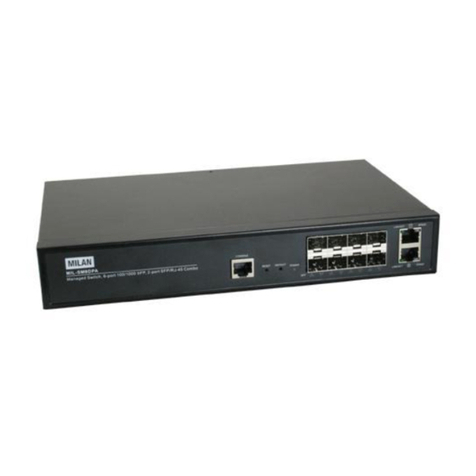
Transition Networks
Transition Networks mil-sm8dpa Manual
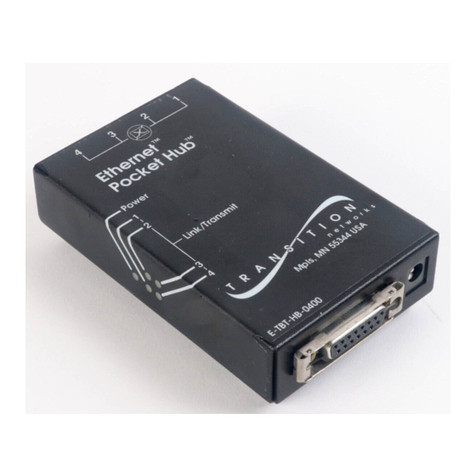
Transition Networks
Transition Networks E-TBT-HB-0400 User manual
Popular Switch manuals by other brands

SMC Networks
SMC Networks SMC6224M Technical specifications

Aeotec
Aeotec ZWA003-S operating manual

TRENDnet
TRENDnet TK-209i Quick installation guide

Planet
Planet FGSW-2022VHP user manual

Avocent
Avocent AutoView 2000 AV2000BC AV2000BC Installer/user guide

Moxa Technologies
Moxa Technologies PT-7728 Series user manual

Intos Electronic
Intos Electronic inLine 35392I operating instructions

Cisco
Cisco Catalyst 3560-X-24T Technical specifications

Asante
Asante IntraCore IC3648 Specifications

Siemens
Siemens SIRIUS 3SE7310-1AE Series Original operating instructions

Edge-Core
Edge-Core DCS520 quick start guide

RGBLE
RGBLE S00203 user manual
